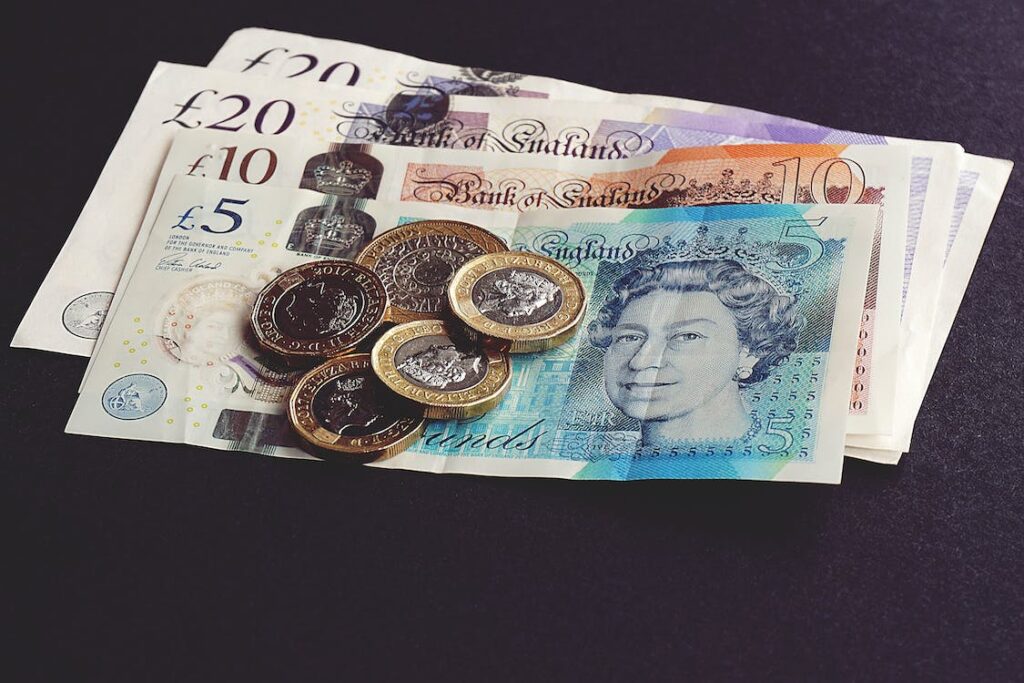The Pound sterling recently became the world’s most volatile major currency. How is this influencing the fine wine market?
What’s going on with the pound Sterling
The Sterling has been on a roller coaster ride since the former finance minister Kwasi Kwarteng announced unfunded tax cuts and potentially open-ended borrowings as part of a questionable growth plan or ‘mini-budget’. This sent the bond market into a tailspin and resulted in a challenging GBP/USD price action trend with excessive currency volatility and massive price swings.
Although the Liz Truss government reversed most of these damaging measures, the Sterling has been suffering for a while due to excessive inflation, a cost-of-living crisis, a slowing economy, and a negative impact on trade from Brexit. The currency is performing especially poorly against the climbing US dollar, partly because of the ongoing hawkish rate hiking cycle of the US Federal Reserve.
The Sterling’s volatility has been at a historic high. It nearly touched 30% in late September, calmed to around 15% within a month, and remained under pressure even while the currency and market sentiment both soared with Rishi Sunak assuming the Prime Minister’s office. Experts suggest that the volatility will continue for some time into the unforeseeable future, but the distinct lack of direction in the currency’s performance can open up potential trading opportunities.
An opportunity for foreign buyers and investors
Amid the havoc in the financial markets, fine wine has remained stable and registered strong demand. According to Liv-ex, there has been increased activity from US buyers as well as Asian buyers, while the UK has mostly maintained its trading levels. The main reason is that the fall in Sterling’s value has made UK stocks cheaper, and foreign buyers are taking advantage of the discount.
The advantage to euro- and dollar-based buyers from the volatile Sterling has caused a significant boost in demand across the world for wines sold in the UK. The country’s position as a ‘global wine supermarket’ means countries with non-GBP currencies are swooping in to cash in on the current forex rates and many are seizing the chance to replenish their stocks with cheaper UK merchant stocks. A case of £1,000 wine would have cost $1,070 a week or so ago, whereas several months ago, the same case would have fetched about $1,350.
Experts have also observed, “a surge in foreign direct investment into the secondary market”. A weak Sterling could enhance the future returns on wine investments for foreign investors, irrespective of the price of the wine since they would realise better forex gains in their own currencies if and when the Sterling recoups some of its recent losses.
This happened in the wake of the 2016 Brexit vote as well, when the Sterling fell sharply by 11% over 12 months while the Liv-ex 1000 gained 21%. Later the currency recovered some of its losses and resulted in gains for USD-based investors who had taken advantage of the opportunity.
Evidence of positive brand-led market demand
UK merchants have indeed reported stronger demand in recent months. According to the UK-based Bordeaux Index, prices on the market shot up by 10% in 2022 H1 due to high demand, and Burgundy rose to 26% average. Prestige Champagne labels like Krug, Dom Pérignon and Cristal also fared well. Trends indicate that collectors and investors are seeking well-known labels at value-for-money prices.
A safe haven amidst market volatility
Fine wine continues to be an attractive alternative asset. Since it is a tangible commodity with an inherent value, it can withstand traditional market volatility and offer stable returns. Not only has it historically performed better than typical investments like equities and ETFs, but in the ongoing Sterling turmoil, it has fared better than even gold, once the standard for safe haven investments.
This low-risk characteristic of fine wine means it is more or less untouched by traditional economic indicators like recession or inflation. The fine wine market has proven to be a safe haven for investors in times of economic crisis, with the Liv-ex Fine Wine 50 growing at over 4% while the FTSE fell 5.5% year-to-date.
Why a long-term outlook is preferred
Currently, drinkers and investors are both interested, but experts advise a tad of caution. The currency volatility should be viewed as a short-term positive catalyst for the market and the upswing can be expected to balance out over time. An extended period of volatility might even drive investors to hold off until the markets settle. In the case of UK-based buyers or buyers from countries suffering their own economic turmoil, people’s individual finances also need to be accounted for.
While a depreciating Sterling and the role of fine wine as an investment asset and hedge against inflation can both boost the alternative asset market, fine wine is not entirely immune to forex swings either and buyers should maintain a considered and long-term outlook over the coming months.







